The optimum room humidity should be around 40-60%. These standards are relevant for residential private buildings and public places. The microclimate of modern buildings suffers from excessive dry air. Energy-saving technologies applied thoughtlessly are one of the reasons for this state of affairs. A battery humidifier effectively solves this problem. This simple functional device is also a decorative element of the interior.
What is a battery air humidifier for?
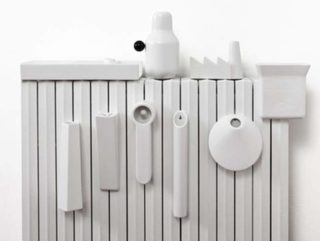
The moisture index affects many processes in life. Some of them can be listed:
- Human health. With an increase in the dryness of the air, the mucous membrane suffers first. This leads to a general weakening of immunity and a greater risk of contracting viral diseases. It's hard to breathe in the hot room.
- Home plants. With a decrease in humidity, green leaves dry out intensively, pulling moisture from the soil for evaporation, which leads to rapid dehydration of the root system.
- Furniture and interior elements. Exceeding the standards of dryness reduces the internal moisture content of the wood to critical values, it begins to crack and dry out.
Dryness is primarily caused by modern heating systems, which, as a rule, are not thoroughly calculated. As a result, the room overheats and dries out. In a sense, ventilation or a ventilation system can help, but it is better to equip each room with a simple mechanism that will generate evaporation of liquid, thereby increasing the level of humidity.
It is necessary to pay special attention to the quality of water in installations in terms of bactericidal purity, otherwise it is possible not to improve the microclimate, but, on the contrary, to saturate it with harmful microbes.
How the fixture works
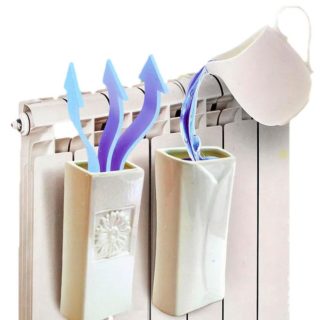
When heated to a certain temperature, the liquid boils and turns into steam. But even before reaching the boiling point, water molecules take on a gaseous form and evaporate - this is a process of evaporation. On this principle, a container operates on a battery for air humidification, which functions in tandem with a heating device.
A standard device for raising the humidity level of an apartment consists of the following basic elements:
- Housing. It is a container of a certain shape with a flat area of contact with the heating device. The thin wall of this zone allows heat to be efficiently conducted from the metal of the radiator and to heat the liquid.
- Internal compartments. They are usually made in order to divide the total volume of water into several small parts in order to more intensively heat each cell with water, which accelerates evaporation.
- Fastening element. This can be a string or a metal hook with which the product is suspended from the outside of the heating element.
Since humidifiers are always in sight, manufacturers take care of their decorative side. They can be made in any fancy shape and colored accordingly.
After filling the compartments with water, the air humidifier is suspended vertically on the battery. Next comes the heating of the structure.The higher the temperature of the radiator, the faster the liquid will warm up and evaporation will begin.
Varieties of humidifying devices per battery
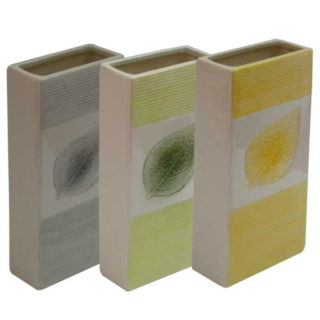
Devices for increasing the humidity in the room, which work in conjunction with radiators, can be divided into several categories:
- According to the design of the container, there can be humidifiers with a single compartment for water or devices, the internal working space of which is divided into several parts by partitions.
- According to the method of installation on a radiator, there are suspended steam generators. They are hung directly from the front side of the heater. There are also horizontal air humidifiers, which are placed on the upper grill.
- According to the type of material, there are devices made of polymers, ceramics, or devices made of stainless steel.
Each type of humidifier has its own advantages and disadvantages.
If the surface of the heating device in working condition heats up over 80 degrees Celsius, it is necessary to look at the operating instructions for the possibility of installing an air humidifier on such equipment.
Plastic products
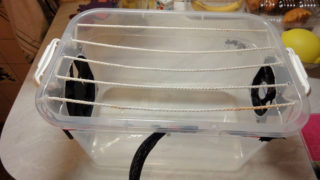
There are horizontal and vertical installations. These are relatively inexpensive products with multiple compartments. The material is thermally stable plastic, for example, fluoroplastic. Steam generators can be attached to the radiator using metal or plastic hooks. A distinctive feature of plastic models is the presence of a lattice lid on top of the container, which partially protects the flask from coarse debris.
When buying plastic devices, you should check the product quality certificate. If the material is not heat-resistant, it is quite possible to release toxic substances when such products are heated over 90 degrees Celsius.
Ceramic humidifiers
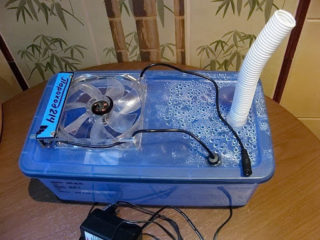
Environmentally friendly fixtures. The internal volume in them, as a rule, is not divided by sections, therefore, to increase the evaporation rate, it is recommended to purchase several steam generators of this type.
In terms of decorative appeal, there are a large number of options for the execution of such devices.
Attachment to the heater is carried out with steel hooks. Ceramic air humidifiers have lower thermal conductivity.
Steel devices
These are the most expensive devices and not the most attractive in appearance. Among the main advantages are their durability, body strength and high thermal conductivity. Thanks to the last parameter, the water quickly warms up in such flasks, the humidification process is more intense.
All listed devices are passive devices. Inside such a steam generator there is no heater of its own, which would be powered by electricity. The energy for heating is transferred to the air humidifier through the housing from the battery.
Positive and negative properties of products
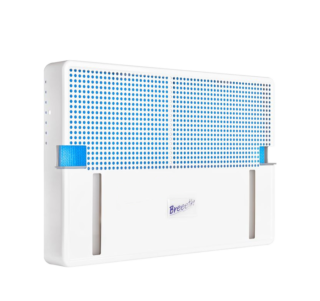
Advantages of battery humidifiers:
- The device can be mounted on any type of radiator, except for convectors with open heating coils.
- The operation is independent of electrical energy, which makes the device cost effective.
- The working device does not emit any extraneous sounds, it is simple and easy to maintain.
- The temperature of the water vapor is not high enough to harm plants and furnishings.
- The steam generators are compact and durable, and have an attractive appearance.
- Normal functioning is not affected by the texture of the water.
In addition to these positive aspects, there are negative properties of such moisturizers. First of all, this is the performance of the unit.To reduce dryness in a sufficiently spacious room, a large number of such devices are needed.
The homeowner has practically no influence on the rate of evaporation, since it directly depends on the temperature of the heater. Passive air humidifiers can operate exclusively during the heating season, the rest of the time they require storage space or are forced to stay in their places, complicating cleaning.
How to make a device with your own hands
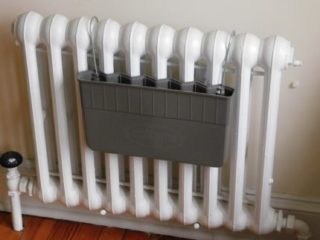
It is very simple to make a passive humidifier at home, because it is based on an ordinary container, which must somehow be fixed on the heating device. It is undesirable to use plastic for this project, because it is not known how a particular material will behave under the influence of heat.
You can take any glass container for a volume of water up to 500 ml. This could be a coffee can, for example. For work you will need:
- glass containers, preferably elongated in a vertical direction;
- electric drill with speed controller;
- drill for making holes in ceramic tiles with a diameter of 5-6 mm;
- copper wire 300 mm long and 4-5 mm in diameter;
- enamel for glass of any color;
- hemp twine, length 600 mm.
Remove the label and the plastic lid from the container, wash the inside thoroughly to remove dirt. In the upper part, under the thread on a flat area, a hole is carefully drilled with a drill. Shards and debris are removed. Then the entire outer surface is covered with enamel in several layers and allowed to dry. The threaded section is wrapped with hemp rope, making a decorative bow on the front side. The edges of the copper wire are bent so that it resembles the Latin letter "S" in shape. One hook is inserted into the drilled hole, the other is hooked onto the radiator grill. It remains to pour water and wait for heating.








